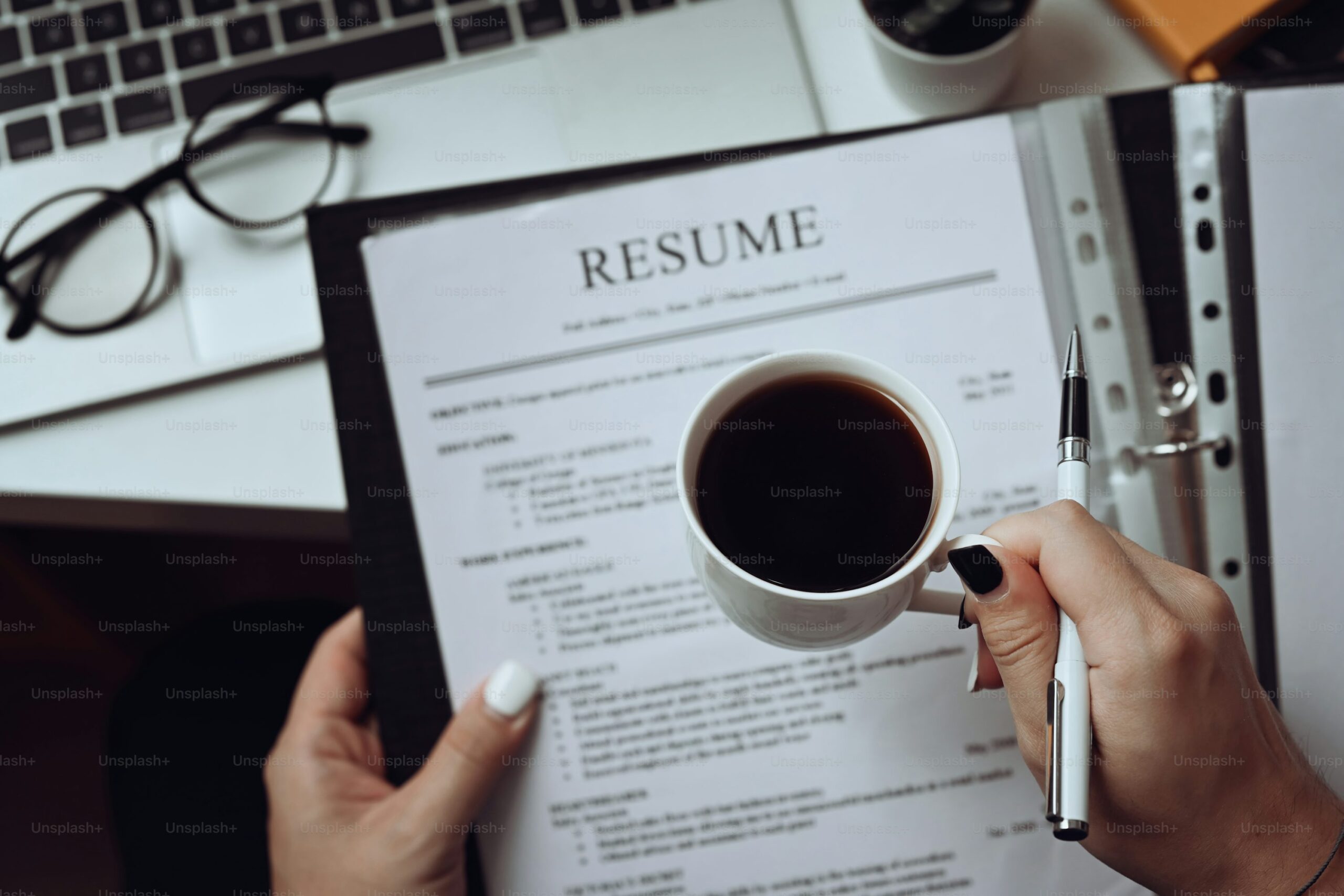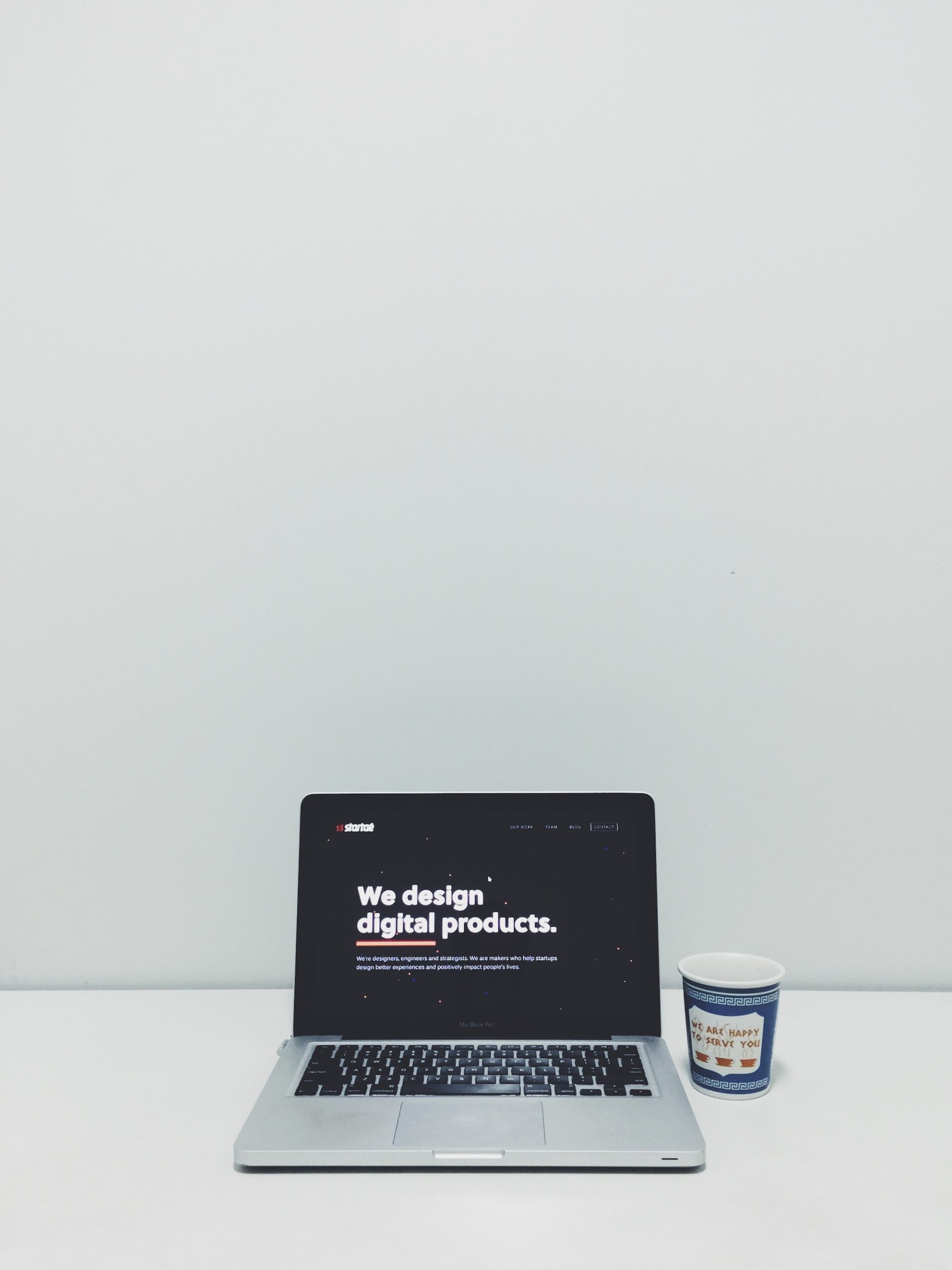Crafting a resume can feel like a daunting task, especially when a job interview is on the horizon. I know the feeling—it’s like trying to put together a puzzle where every piece matters.
A resume is more than just a list of your experiences; it’s your personal sales pitch on paper.
This guide will walk you through creating a resume that stands out, communicates your strengths, and increases your chances of landing that job interview.
Why Your Resume Matters
A resume is often the first impression a potential employer has of you. Research shows that recruiters spend an average of 6 seconds reviewing a resume before deciding whether to give it a closer look (source).
This means every word, layout, and detail needs to work hard for you. A perfect resume can make a huge difference in getting noticed and landing an interview.
Many professionals see their resumes as just a formality. I see it as a tool that can open doors. A well-crafted resume not only shows your work history but also your personality, achievements, and potential. It’s a chance to tell your story in a way that makes employers curious to learn more about you.
Just Before You Go
Empower individuals to overcome barriers, gain essential skills, and secure gainful employment through our proven programs—KeelMaster, KeelWings, and KeelMate. Your support can spark change and build brighter futures.
Donate NowBuilding Blocks of a Great Resume
1. Start with a Clean Design
A cluttered resume can overwhelm the reader. Aim for a clean, simple layout that guides the eye naturally through the information. Use standard fonts like Arial or Calibri in sizes that are easy to read (usually between 10-12 points). Simple bullet points, clear headings, and enough white space can make your resume look inviting. Tools like Canva or Google Docs offer templates that can help you get started.
2. Focus on Key Information
Think of your resume as a highlight reel of your career. Start with your contact information at the top, including your name, phone number, and email address. You might also include your LinkedIn profile or a personal website if it adds value.
After that, include a summary statement that briefly explains who you are and what you bring to the table. I recommend keeping this section short and to the point.
3. Tailor Your Resume to the Job
A one-size-fits-all resume rarely works. Before you send out your resume, take a moment to match your skills and experiences to the job description. Look for keywords in the job listing and sprinkle them throughout your resume.
Many companies use automated systems to filter resumes, and including the right keywords can help you pass this initial screening. For instance, if a job ad mentions “project management” or “customer service,” make sure you highlight those skills if they apply to you.
4. Highlight Achievements, Not Just Duties
It’s tempting to list all the tasks you performed in past roles, but that approach often falls flat. Instead, focus on achievements. Quantify your successes with numbers if you can.
For example, saying “increased sales by 20% in six months” is much more impressive than “responsible for sales.” Numbers provide concrete evidence of your impact. If you’re unsure how to present your accomplishments, think about the problems you solved or the improvements you made at your previous jobs.
5. Keep It Concise and Relevant
Your resume doesn’t need to be a complete record of your entire career. Aim for two pages at most, and consider one page if you’re just starting out or if your experience is limited. Remove any information that isn’t relevant to the job you’re applying for. Employers appreciate a resume that gets straight to the point.
6. Use Action Words
Action words like “developed,” “implemented,” “managed,” and “designed” can give your resume a sense of dynamism. These words help to illustrate your contributions and paint a picture of your proactive approach at work. They make your resume feel more energetic and engaging.
7. Proofread Carefully
A single typo can sometimes hurt your chances of making a great impression. After you write your resume, take time to review it several times. It can be helpful to read it out loud or ask a friend to check for any mistakes. Accuracy shows attention to detail and professionalism.
Additional Tips for Perfecting Your Resume
Understand Your Audience
Think about the person who is going to read your resume. They might be a recruiter, a hiring manager, or even an HR specialist. Each might look for different things, but they all want to see a candidate who fits the job description. Try to imagine what they are looking for and adjust your resume accordingly.
Keep Your Resume Updated
It’s important to keep your resume current, even when you’re not actively job hunting. Updating your resume regularly ensures that you’re always ready when a great opportunity comes along. Plus, it gives you a chance to reflect on your accomplishments and plan your next career move.
Use Online Resources for Inspiration
There are plenty of online resources that can offer inspiration and guidance. Websites like Indeed and The Muse provide examples and tips that can help you refine your resume. I’ve also found that following career advice blogs and joining professional networking groups can offer fresh insights into resume writing trends and best practices.
FAQs
How long should my resume be?
A resume should typically be one to two pages long. If you’re early in your career, one page is often enough. For more experienced professionals, two pages are acceptable, but be sure every word counts.
Should I include a cover letter?
Yes, including a cover letter can add a personal touch to your application. It’s another opportunity to highlight your personality, explain any gaps or changes in your career, and show your enthusiasm for the job.
Is it okay to use a resume template?
Absolutely. Templates can provide a great starting point and ensure your resume looks professional. Just be sure to customize the template to reflect your personal style and the specifics of your career.
How often should I update my resume?
I recommend updating your resume at least once a year, or every time you take on a new responsibility or complete a significant project. Keeping your resume fresh makes it easier to apply for opportunities as they arise.
What if I have gaps in my employment history?
Employment gaps can be explained in your cover letter or even within the resume. Focus on what you learned or achieved during that time. Freelance projects, volunteer work, or further education can all be relevant and positive additions.
Further Resources
For more detailed guidance and examples, you might find these resources helpful:
- Indeed Career Guide: Offers a wealth of articles and tips on resume writing and job searching.
- LinkedIn Learning: Provides video tutorials on resume crafting, interviewing skills, and professional development.
- The Muse: Features resume examples, job search tips, and career advice articles that can help you navigate the hiring process.
- Glassdoor Blog: Shares insights on hiring trends, resume tips, and what recruiters look for.
Bringing It All Together
Creating a resume that perfectly showcases your skills and experiences is not about trying to impress everyone; it’s about being true to yourself and clearly communicating your strengths. By focusing on a clean design, highlighting your achievements, and tailoring your resume for each job application, you can create a document that opens doors.
Remember, a resume is a living document. It grows and evolves along with your career. I have learned that updating it regularly not only keeps you prepared but also gives you a sense of progress and accomplishment. Every time you add a new skill or complete a successful project, take a moment to reflect on that growth and update your resume accordingly.
A resume is more than just a tool for job hunting—it’s a reflection of your professional journey. It’s a chance to show off what you’ve learned, the challenges you’ve overcome, and the goals you’ve reached. And while the process might seem overwhelming at times, breaking it down into manageable steps can make it a lot less stressful.
I hope this guide has given you clear and practical steps to build a resume that feels true to you and speaks to your strengths. Now, I’m curious—after reading all these tips and strategies, what changes will you make to create the perfect resume for your next job interview?
Just Before You Go
Empower individuals to overcome barriers, gain essential skills, and secure gainful employment through our proven programs—KeelMaster, KeelWings, and KeelMate. Your support can spark change and build brighter futures.
Donate Now



